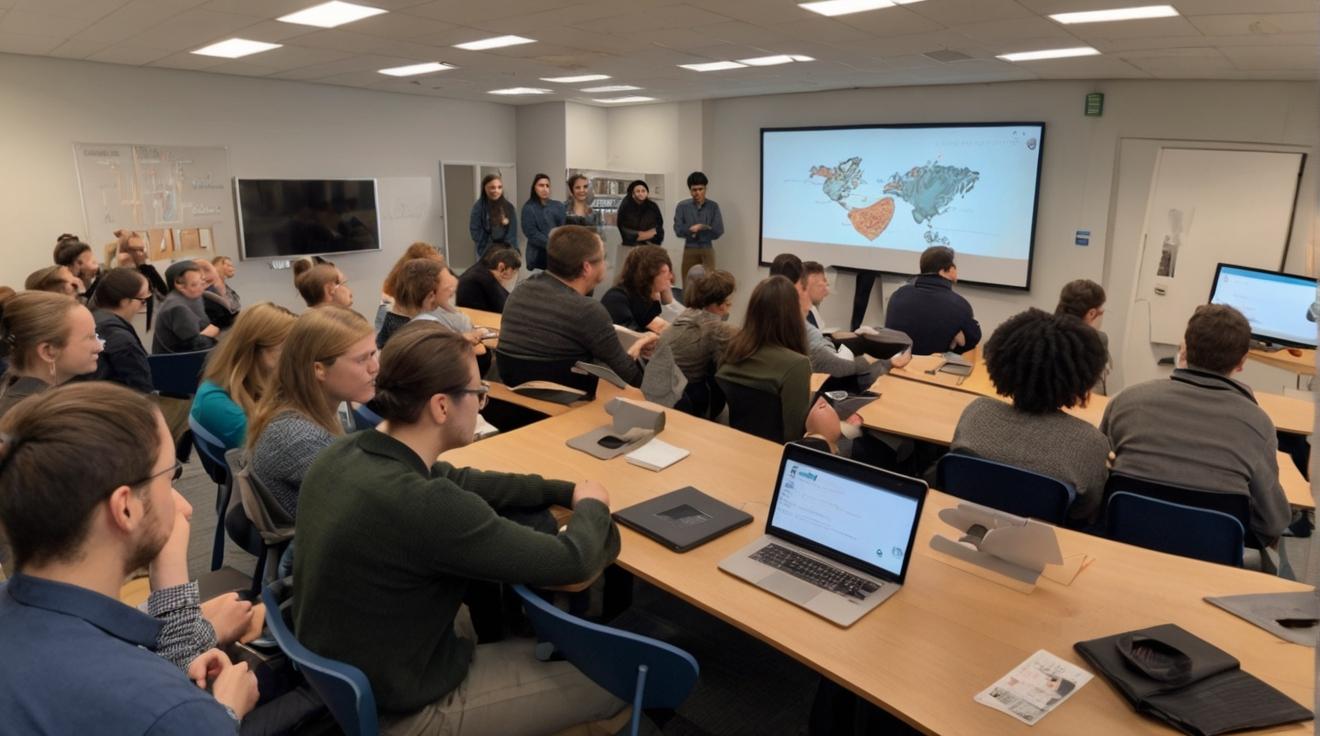Corrosion Challenges in Bridge Construction
Concrete, a cornerstone of modern infrastructure, faces a persistent threat: corrosion of embedded steel reinforcement. Steel rebar, essential for structural strength, corrodes when exposed to water and salt, especially in bridges, leading to premature concrete failure. In the United States alone, nearly one-third of bridges require repair or replacement, with projected costs nearing $400 billion over the next decade. This underscores the urgent need for durable, cost-effective solutions to combat steel corrosion.Current Anti-Corrosion Methods and Limitations
Engineers commonly apply epoxy coatings to rebar or increase concrete cover thickness to delay corrosion onset. However, these measures eventually fail, and full stainless steel rebar, while effective, remains prohibitively expensive for widespread use.“It’s too expensive to be used in every bridge,” said Steven Jepeal, co-founder and CEO of Allium Engineering. “Cities and states reserve stainless steel rebar for only the most critical spans.”Allium’s Stainless Steel-Clad Rebar Innovation
Allium Engineering proposes a novel middle ground: covering conventional steel rebar with a thin, durable layer of stainless steel. This cladding dramatically extends bridge lifespan from the typical 30 years to up to 100 years without the high costs of solid stainless steel. Samuel McAlpine, co-founder and CTO, explained, “As long as we achieve full surface coverage, even a thin stainless steel layer can resist corrosion for hundreds or thousands of years.” The company’s stainless steel-clad rebar has already been deployed in significant infrastructure projects, including bridge deck replacements on Interstate 91 in Massachusetts, U.S. Highway 101 in Mendocino County, California, and a commercial boat yard in Key West, Florida.Cost-Benefit Analysis
Currently, stainless steel rebar costs approximately five times more than regular steel, limiting its use to critical, high-traffic bridges. Epoxy-coated rebar, priced 25% to 50% above uncoated steel, remains the standard for most projects despite added handling and maintenance costs. Allium aims to price its stainless-clad rebar competitively with epoxy coatings, potentially lowering overall costs by reducing careful handling requirements and eliminating the need for extra concrete layers designed solely to delay corrosion.“This extra layer of concrete isn’t structural. It’s just meant to insulate the rebar and delay salt penetration,” Jepeal noted, highlighting potential cement savings of up to 10%.
Manufacturing Process and Technical Details
Allium’s proprietary process involves cladding 7,000-pound billets of standard steel with a stainless steel layer. This is achieved by welding stainless steel wires onto the billet’s surface, which is then rolled and stretched to the final rebar diameter ranging from a third of an inch to several inches. During this elongation, the stainless steel cladding is thinned to approximately 0.2 millimeters, providing robust corrosion resistance without excessive material use.“You’re not going to corrode through that stainless steel in concrete, basically,” McAlpine affirmed, emphasizing the durability of the cladding layer.FinOracleAI — Market View
Allium Engineering’s stainless steel-clad rebar presents a disruptive innovation in infrastructure materials, addressing a critical vulnerability in bridge construction—corrosion-induced failure—while balancing cost and performance.- Opportunities: Potential to reduce infrastructure maintenance costs substantially, extend bridge lifespans, and lower environmental impact through cement savings and compatibility with greener materials.
- Risks: Market adoption depends on regulatory acceptance, long-term performance validation, and competitive pressure from established coatings and materials.
- Scalability: Integration with existing steel mill processes enhances quality control and production scalability.
- Environmental Impact: Reduced cement usage and longer-lasting infrastructure contribute positively to sustainability goals.













